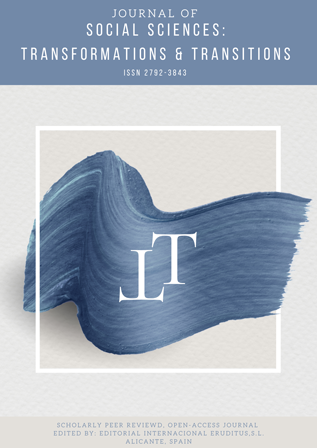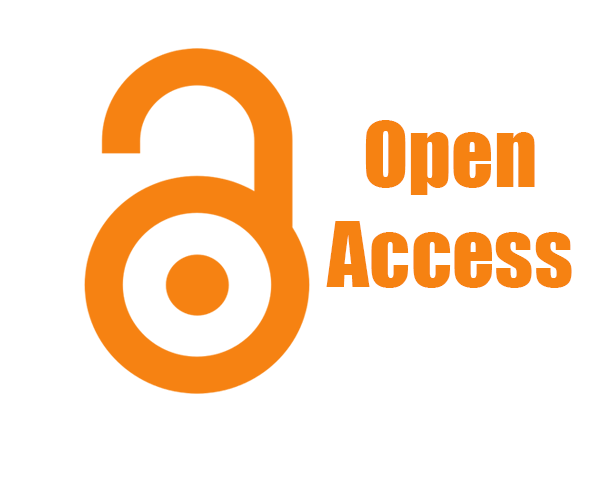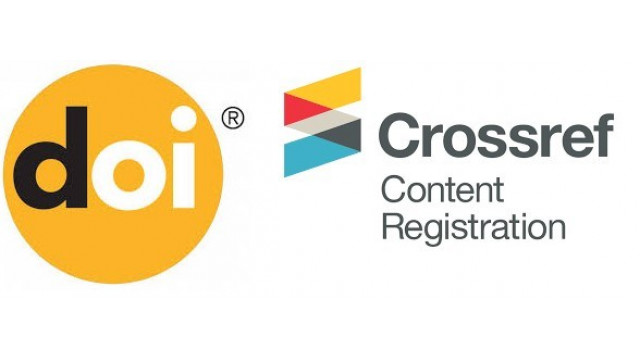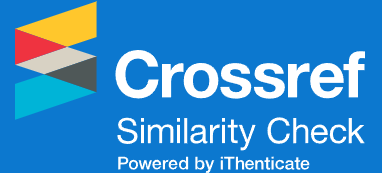HIFASS-LOPIN-3 Empowerment Programs and the Wellbeing of Orphans and Vulnerable Children in Southern Senatorial District of Cross River State, Nigeria
DOI:
https://doi.org/10.52459/josstt1290122Keywords:
Orphans and Vulnerable Children (OVC), Nigeria, Healthcare Facilities, Wellbeing, Empowerment, Skills Acquisition Training, Health ServicesAbstract
This study examined the various empowerment programs carried out by Health Initiatives for Safety and Stability in Africa – Local OVC Partner in Nigeria – Region 3 (HIFASS-LOPIN-3) as they affect the wellbeing of orphans and vulnerable children (OVC). Three objectives were outlined to include investigating the relationship between HIFASS-LOPIN-3 educational empowerment program and OVC’s school enrolment; HIFASS-LOPIN-3 provision of health services and OVC’s accessibility to quality healthcare facilities; HIFASS-LOPIN-3 skills acquisition training/financial empowerment program and the income level of OVC/caregivers. An Ex-post facto research design was employed in this study and a sample size of three hundred and eighty (380) respondents was drawn using multi-stage, simple random, stratified and snowball sampling techniques. The reliability test of the instrument was done using the test-retest reliability method. Primary data was obtained using a questionnaire and in-depth interview schedule, while secondary data was sourced from journals, texts, newspapers, internet, unpublished papers. The hypotheses were tested using Pearson’s Product-Moment Correlation Coefficient (r) and Chi-Square statistical techniques, together with frequency/percentage analysis. The study revealed among others that HIFASS-LOPIN-3 educational empowerment has significantly improved OVC’s school enrolment; HIFASS-LOPIN-3 skills acquisition training/financial empowerment program has significantly improved the income level of OVC/caregivers, nevertheless, almost all the OVC who reported having income-generating skills experienced challenges like insufficient start-up capital, insecurity, and crippling economic policies. It was recommended that government should make provision for OVC’s subsidized medical bills and adequate provision for start-up capital/equipment or materials should be made for older OVC/caregivers who receive skills acquisition training.
Cite this paper:
Okon, Goodness J. (2022). "HIFASS-LOPIN-3 Empowerment Programs and the Wellbeing of Orphans and Vulnerable Children in Southern Senatorial District of Cross River State, Nigeria" Journal of Social Sciences: Transformations & Transitions (JOSSTT) 1(02):09. DOI: https://doi.org/10.52459/josstt1290122
Metrics
References
ARFH (2015). “Improving access to quality education in rural communities in Northern Nigeria”. Retrieved from: https://arfh-ng.org/news-stories/improving-access-to-quality-education-in-rural-communities-in-northern-nigeria/
Bennell, P.; Hyde, K.; Swainson, N. (2012). The impact of the HIV/AIDS epidemic on the education sector in sub-Saharan Africa: A synthesis of the findings and recommendation of three country studies. Brighton: Centre for International Education, University of Sussex. Retrieved from: http://citeseerx.ist.psu.edu/viewdoc/download?doi=10.1.1.462.3912&rep=rep1&type=pdf
Catholic Relief Services (CRS) (2016). “A situation analysis of orphans and vulnerable children in Nigeria”.
CRS & CSN (2008). “A situational analysis of orphans and vulnerable children in eight states of Nigeria”. Retrieved from https://www.globalhealthlearning.org/sites/default/files/page-files/ovcsituationalanalysis.pdf
Davids, A. & Skinner, D. (2006). A situation analysis of orphans and vulnerable children service in 4 districts of South Africa. Cape Town: HSRC Press. Available at: http://hdl.handle.net/20.500.11910/6865
Federal Ministry of Women’s Affairs and Social development (2012). Key findings situational assessment and analysis on OVC in Nigeria. FMWASD, Nigeria.
Gede Foundation (2016). “Support to orphans and vulnerable children (OVC) through our offices in Calabar and Abuja”. Retrieved from http://www.gedefoundation.org/ovc/
HIFASS (2016). “Stories from the field”. Retrieved from https://hifassblog.wordpress.com/category/lopin-3-success-stories/
ILO (2010). Report of the International Labour Organization - International symposium on the future of employer’s activities, Geneva. https://www.ilo.org/global/lang--en/index.htm
Kanjanda, O. (2014). The African orphans’ life: Yesterday and today. Retrieved from https://eujournal.org/index.php/esj/article/view/4038 , DOI: https://doi.org/10.19044/esj.2014.v10n10p%25p
Nyamakuru, R. K. (2011). “Persistent vulnerability: Analyzing NGO strategies for enhancing child-wellbeing in OVC households in Uganda”. Retrieved from https://thesis.eur.nl/pub/10854/Rose_Keishanyu_Nyamakuru_Final_RP.docx
Okon, I.; Ojua, T. (2018). Psychosocial support and wellbeing for orphans and vulnerable children as a strategy for poverty reduction in Cross River and Ebonyi States, Southern Nigeria. International Journal of Research and Innovation in Social Science (IJRISS), 2(5). Available at: https://www.rsisinternational.org/journals/ijriss/Digital-Library/volume-2-issue-5/26-41.pdf
Osuala, E. C. (2005). Introduction to research methodology. Nigeria: Africana-First Publishers Limited
Pridmore, P. (2008). “Access to conventional schooling for children and young people affected by HIV and AIDS in sub-Saharan Africa: A cross-national review of recent research evidence”. Retrieved from https://discovery.ucl.ac.uk/id/eprint/1480666/1/Pridmore2008Access.pdf
SPRING (2017). “Nigeria: Final country report, 2012-2016”. Retrieved from https://www.spring-nutrition.org/sites/default/files/publications/reports/spring_nigeria_final_report.pdf
SPRING (2017). “Review of programming for orphans and vulnerable children in Nigeria”. Retrieved from https://www.spring-nutrition.org/publications/reports/review-programming-orphans-and-vulnerable-children-nigeria
Subbarao, K.; Mattimore, A.; Plangemann, K. (2010). Social protection of Africa’s orphans and other vulnerable children: Issues and good practice program options. Human Development working paper series, African region. Washington D.C: World Banks. Available at: https://citeseerx.ist.psu.edu/viewdoc/download?doi=10.1.1.198.8247&rep=rep1&type=pdf
Tagurum, O.; Chirdan, O.; Bello, D.; Afolaranmi, T.; Hassan, Z, Iyaji, A.; Idoko, L. (2015). Situation analysis of orphans and vulnerable children in urban and rural communities of Plateau State. Annals of African Medicine, 14(1). Available at: https://www.annalsafrmed.org/article.asp?issn=1596-3519;year=2015;volume=14;issue=1;spage=18;epage=24;aulast=Tagurum
UNAIDS (2011). “UNAIDS terminology guidelines”.Retrieved from https://files.unaids.org/en/media/unaids/contentassets/documents/unaidspublication/2011/JC2118_terminology-guidelines_en.pdf
United Nations Children’s Fund (2016). “Guide to monitoring and evaluation of the national response for children orphaned and made vulnerable by HIV/AIDS, UNICEF, NEW YORK”. Retrieved May 7, 2018, from http://www.measuredhs.com/guides/ovcguide.pdf (2016).
Watts, H.; Gregsons, Saito; S., Lopman, B.; Beasley, M.; Monasch, R. (2016). Poorer health outcomes in orphans and vulnerable children not explained by greater exposure to extreme poverty. Top Medical International Health, 12,584-93.
Downloads
Published
Issue
Section
License
Copyright (c) 2022 Admin JOWETT; Goodness OKON

This work is licensed under a Creative Commons Attribution 4.0 International License.









